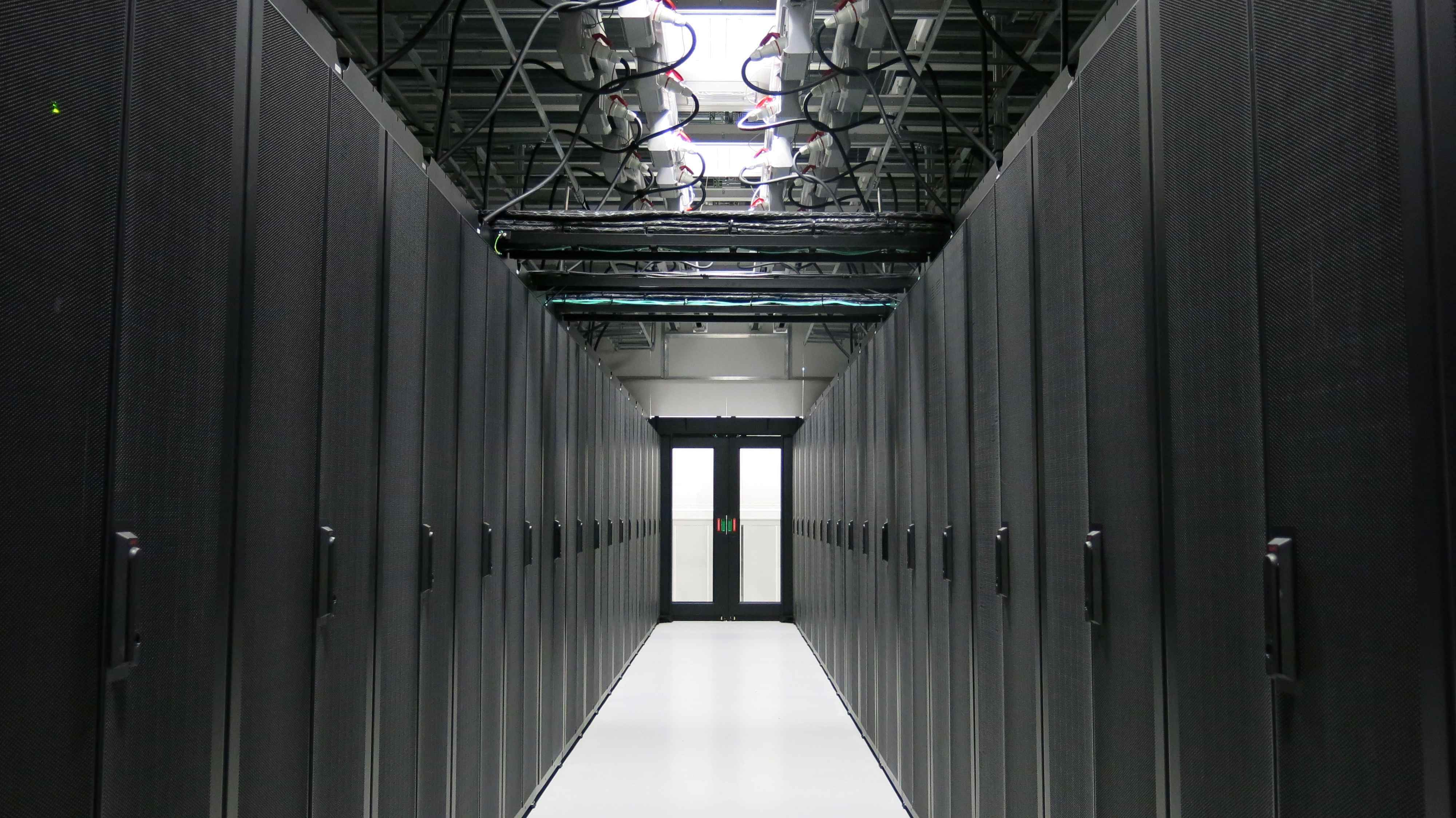15.05.2025
Innovation, disruption and densification of the data center industry
Blog

By now we’ve all seen NVIDIA’s announcement at GTC 2025 about the Rubin Ultra racks that are expected to hit 600 kilowatts per rack by the end of 2027. This is exciting news for organisations. These new densities will underpin the next phase of AI, speeding up decision-making, reducing R&D cycles and delivering substantial efficiency gains.
But what does that mean for the data center industry? We are at a moment where innovation is needed now more than ever. It’s time for data center operators to reinvent our thinking about how we grow in the era of high-density compute without costing the Earth.
The path to densification
Looking back 15 years, there was already a shift toward denser compute. Our customers were pushing the limits with up to 10 kilowatts per rack — about double what was typical in the industry at the time. They were adopting machine learning. Chips were becoming faster, and we were seeing more parallel computing. The focus was purely on high-intensity compute as AI was not yet part of the mainstream conversation.
Fast forward to today, we are seeing densification redefining data center efficiency across the board. Where rack density once gradually increased a couple of kilowatts every few years, today we are making leaps that are multiples of what they were only the year before. Racks will easily be 120kW in the next year regardless of if it is hyperscale, enterprise or AI compute. Not everyone in the industry is ready. Most current facilities are not equipped to manage the intense power and cooling requirements that these high-density racks demand.
Innovating for performance and sustainability
At Verne, we've embraced these challenges by continuously innovating our infrastructure to meet and exceed these demands. Since day one, we have designed our data centers with an eye towards the future.
We’ve been AI ready before it became mainstream by anticipating the ever-increasing power densities future technologies will demand. We’ve embraced liquid cooling to efficiently manage the heat from high-density racks. More importantly, we are keeping our customers at the forefront of our design philosophy. Instead of confining customers to a single standard, we craft flexible environments that streamline the integration and scaling of their operations within our state-of-the-art facilities.
How we approach innovation is not just confined to advancing the technology inside the racks but also extends to rethinking how these racks interact with their external environment. The next generation of data centers must be designed for both peak performance and minimal environmental impact. This means not only improving the technologies inside the racks but also how these systems manage waste heat externally – like we do in Finland - and integrate with renewable energy sources as we do across all our Nordic campuses.
What comes next?
The dialogue at GTC 2025 has made it abundantly clear that as we step into denser and more power-intensive configurations, every player in the industry – from chip manufacturers to data center operators – must rethink how the industry is going to manage this growth. The leap towards 600 kilowatts per rack by 2027 demands a data center partner with the right mindset, methodology and experience for this moment. Here at Verne, we’re ready for the challenge. The wheels are in motion to ensure our data center facilities support tomorrow’s densities, helping our customers realise both their AI ambitions and environmental goals.

